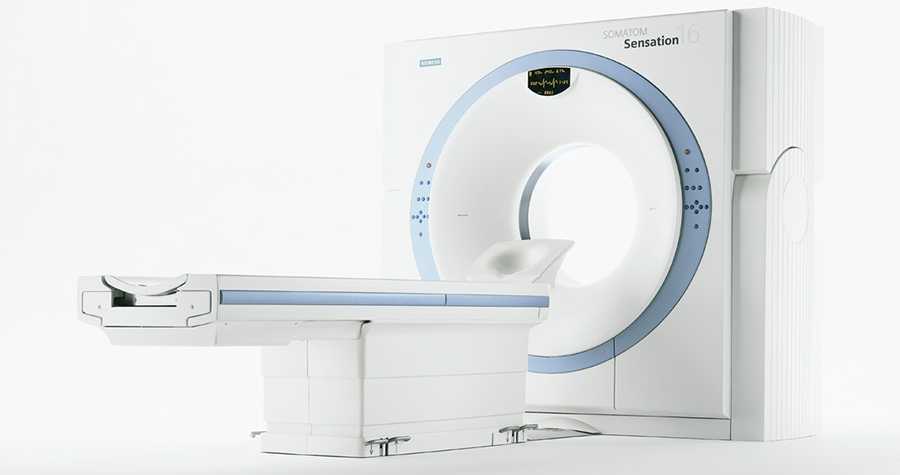
MULTISLICE CT SCAN
The multi-slice CT scanner refers to a special CT system equipped with a multiple-row detector array to simultaneously collect data at different slice locations. The multi-slice CT scanner has the capability of rapidly scanning large longitudinal (z) volume with high z-axis resolution.
Computed Tomography (CT) scans are widely used diagnostic imaging tools that produce cross-sectional images of the body. A Multi-slice CT scan is a type of CT scan that utilizes multiple detectors to acquire images of the body in a single rotation of the X-ray source. The number of detectors in a Multi-slice CT scan machine can range from 4 to over 64, depending on the machine model.
Multi-slice CT scans provide several benefits over traditional single-slice CT scans. Firstly, they can capture images much faster than single-slice CT scans, allowing for a more efficient and quicker exam. This is particularly useful for patients who are unable to hold still for a long period of time, or for those who may be anxious about the exam.
Secondly, Multi-slice CT scans offer higher image resolution, providing more detailed and accurate images of the body. This is particularly useful for examining smaller structures within the body, such as blood vessels, nerves, and bones. Additionally, Multi-slice CT scans can produce 3D images that can be viewed from different angles and perspectives, providing a more comprehensive view of the body.
Another advantage of Multi-slice CT scans is that they can reduce the amount of radiation exposure compared to traditional single-slice CT scans. This is because the multiple detectors allow for a faster acquisition of images, reducing the need for repeated scans and thus reducing the overall radiation exposure.
Multi-slice CT scans are used for a wide range of medical conditions and can provide valuable diagnostic information for a variety of medical specialties. They are commonly used in emergency medicine for the rapid diagnosis of conditions such as stroke, chest pain, and trauma. They are also used in radiology for the detection and characterization of tumors, as well as for the evaluation of organ function and blood flow.
The use of Multi-slice CT scans has greatly improved the accuracy and speed of medical diagnoses, allowing for more effective treatment planning and improved patient outcomes. However, it is important to note that like all medical imaging techniques, Multi-slice CT scans have certain limitations and risks. The exposure to ionizing radiation is one of the main concerns associated with CT scans, and patients who have a history of radiation exposure may need to consider alternative imaging options.
In conclusion, Multi-slice CT scans are a powerful diagnostic tool that offer several benefits over traditional single-slice CT scans. They provide higher image resolution, faster exams, and reduced radiation exposure, making them an important tool for medical diagnosis and treatment planning. However, it is important to carefully consider the benefits and risks of each imaging option and to discuss these with your healthcare provider to determine the best approach for your individual needs.
